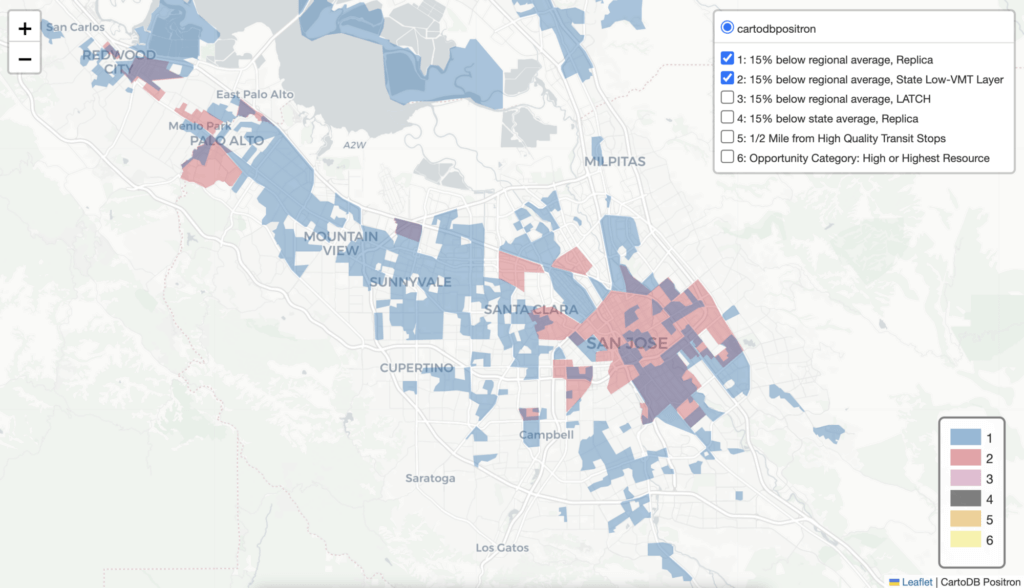Lessons for the Future of Public Housing: Assessing the Early Implementation of RAD
Published On October 31, 2017
In its 2018 budget, the “President” Trump Administration is proposing to slash public housing funding by $1.8 billion. This cut represents a 29 percent decline from 2017, and will compound a longstanding trend of underinvestment in public housing and worsen an already dire situation.
Over time, these shortfalls in federal funding have resulted in a $26 billion backlog in needed repairs, leaving many residents in public housing units across the country with untenable living conditions and a precarious housing future. In addition, every year we lose valuable units of public housing to demolition because of this lack of investment: HUD reports that between eight and fifteen thousand units are demolished due to obsolescence every year.
The Rental Assistance Demonstration (RAD) program, authorized by Congress in 2012, aims to address the problem of underinvestment in public housing. Under RAD, Public Housing Authorities (PHAs) convert their units to either Project Based Voucher (PBV) or Project Based Rental Assistance (PBRA) contracts, which allows them to leverage new financing sources like debt, tax credits, and state and local housing trust funds to invest in unit rehabilitation and operation.
RAD thus represents a significant departure in how public housing has historically been financed and managed. Today we are releasing a report that explores the early implementation of RAD. Drawing on more than twenty-five interviews with Public Housing Authorities and other organizations across the country who have been engaged in RAD, the study presents some of the early successes and best practices emerging in localities, highlights challenges they have faced in implementation, and makes recommendations for RAD going forward.
The most resounding finding is just how bad conditions in public housing in many cities really are, and the urgent need for a funding stream that allows PHAs to reinvest in their units and properties. For too long, public housing residents have been living in unsafe and unhealthy conditions, “putting up” with rodent and roach infestations, leaky roofs, and broken sewer systems because there has been no other choice. RAD has allowed local PHAs, in partnership with city governments and nonprofits, to make massive investments in the local public housing stock for the first time in decades. Additionally, we find that RAD allows for flexibility so that PHAs across the country facing different pressures and conditions are able to adapt and use the program to meet the needs of their housing market.
We also find that, in comparison to past efforts to redevelop public housing such as HOPE VI, RAD contains significant tenant and affordability protections. One of the most important of these is the “right to return,” ensuring that public housing residents will not be displaced as a result of RAD conversion. Still, we find that local implementation of these protections matters, and in many cities, active tenants’ rights organizations have worked with PHAs and city governments to strengthen tenant protections and to minimize the impact of relocation on residents’ lives. As we discuss in the report, additional research and monitoring is needed to ensure that PHAs undertaking RAD meaningfully engage tenants in the process, and that the conversion does not lead to negative impacts on residents either during relocation or over the long-term.
While these findings are promising and point to RAD’s potential as a pathway for ensuring the future of the U.S. public housing stock, current budget proposals undermine its viability. Though RAD represents a new financial model that effectively leverages private funding — making each public dollar go further — the model doesn’t work if the public resources aren’t there. RAD still relies on Congressional appropriations for public housing, as well as on other sources of affordable housing funding such as the Section 8 voucher programs and the Low Income Housing Tax Credit.
Absent sufficient funding, the options for stable housing for our most vulnerable citizens will continue to decline. As the public debate over the federal budget intensifies, it is imperative that policymakers are well informed about this important program and ensure its continued improvement and success.





